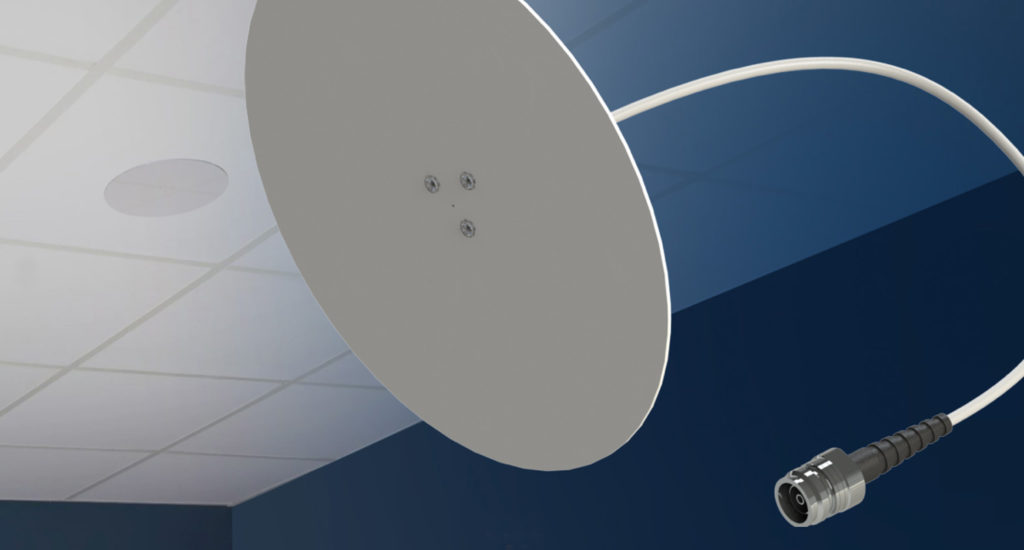Recently, we’ve seen a return to larger attendances at conferences, full stadiums, at-capacity concerts, travel across the globe and more as the world emerges from pandemic-driven lockdowns, remote work and cancelled events.
As a society, we’re returning to normal, but have become accustomed to, and expect, high-speed, always-on connectivity, all the time everywhere.
But is the infrastructure prepared to handle the influx of demand?
Now more than ever, people expect a high level of connectivity and access no matter where they are. The speed and reliability of our home environment must be replicated wherever we find ourselves in the world.
As increased demand drives higher broadband requirements, more sophisticated wireless infrastructure and embedded solutions are required to carry the increasing demands and constraints on networks to deliver superior end-user experiences. Many carriers worldwide have adopted 64T64R or 32T32R active antennas, and while those technologies are great for macro towers, they are inappropriate for venues, stadiums and, often, city centers where zoning challenges come into play.
Solving customer needs for high-speed connectivity in dense high traffic environments requires the implementation of technologies including multibeam, whip or hyper-flat antennas in new and innovative ways.
The main theme of Mobile World Congress Barcelona 2023 is Velocity: Unleashing tomorrow’s technology today. As an industry, we’ve come a long way to ensure reliable connectivity, yet we’ve so much potential to continue to innovate with velocity.
The wireless ecosystem has experienced explosive growth, requiring all players to deliver faster, more reliable access today and prepare for the future of mobile connectivity with velocity.
AN EXPANDED LANDSCAPE
Multibeam antennas can be deployed by wireless carriers for various use cases covering high-traffic and challenging locations like major international airports and high-capacity outdoor situations where the density of customer traffic needs a quality wireless solution.
Even when the locations aren’t static, for example at seasonal events or large outdoor concerts and festivals, operators have deployed cell-on-wheels (COWs) and cell-on-light trucks (COLTs) to cover the traffic density even when they have a strong macro network.
Multibeams provide unique capacity capabilities to deliver the connectivity operators and their customers have come to expect regardless of location.
Beyond traditional deployments, the newest multibeam panel antennas provide new deployment alternatives to expensive lens-based solutions, providing lens-like beam stability at a panel antenna price point.
The opportunity for multibeam antennas to address an expanded landscape of an always-on, always-connected society which expects and demands seamless, reliable and fast connectivity at every step of their day-to-day lives is tremendous.
As mobile users move toward city centers, maintaining enough outdoor coverage with traditional macro antennas becomes a connectivity challenge. Densification of wireless networks for 4G and, now 5G systems have become commonplace in many parts of the world.
One of the main challenges with densification approaches is there have only been two options: antenna integrated into small cell radios; or bulkier canister systems.
While omnidirectional integrated antennas have worked very well in Wi-Fi systems, they have struggled to provide adequate coverage for outdoor small cell sites. Alternatively, external passive canister antennas (typically 25cm diameter or larger) provide excellent coverage, but can be unsightly in urban centers and face challenges for installation approval from city authorities.
Omnidirectional (and directional) whip antennas provide the ideal solution for densification in cities.
While the term whip may be mistaken for a simplistic monopole antenna, these are sophisticated miniature canister antennas of 5cm diameter which can provide 2×2 and even 4×4 MIMO coverage from 1.7GHz to 4.2GHz.
They provide a balance between aesthetics and the need for small cell antennas with adequate gain to densify wireless access in urban areas.
When it comes to enhancing in-building connectivity, there are new capabilities with wideband iDAS ceiling mounted omnidirectional antennas such as ultra thin designs that minimize the aesthetic impact for new 5G in-building deployments and legacy 4G and 3G wireless systems, allowing a seamless installation wherever needed.
Balancing the need for appearance and antennas, which provide high-performing antenna radiation patterns in a public indoor environment, is a challenge. With recent industry advancements, carriers can now deploy next-generation solutions that are so small that they are barely noticeable and able to facilitate connectivity in high-density areas such as office buildings, arenas, shopping malls and casinos.
BOLSTERED CONNECTIVITY
Businesses, venues and carriers continue to push the envelope regarding connectivity needs. With more companies encouraging and even requiring employees to return to physical spaces, the need to improve connectivity and ensure stability is growing.
With next-generation antennas, ensuring connectivity within a physical space doesn’t have to be intrusive or ruin the design aesthetics of a space.
Connectivity will always be imperative. It’s human nature to come together in person to connect and the best way to do so is at industry events.
While the world may have paused over the past couple of years, our collective connectivity needs did not and the reliability of these connections is more important than ever.
As mobile professionals, quality connections matter. Come join us at Mobile World Congress Barcelona 2023.
Originally published in Mobile World Daily.








